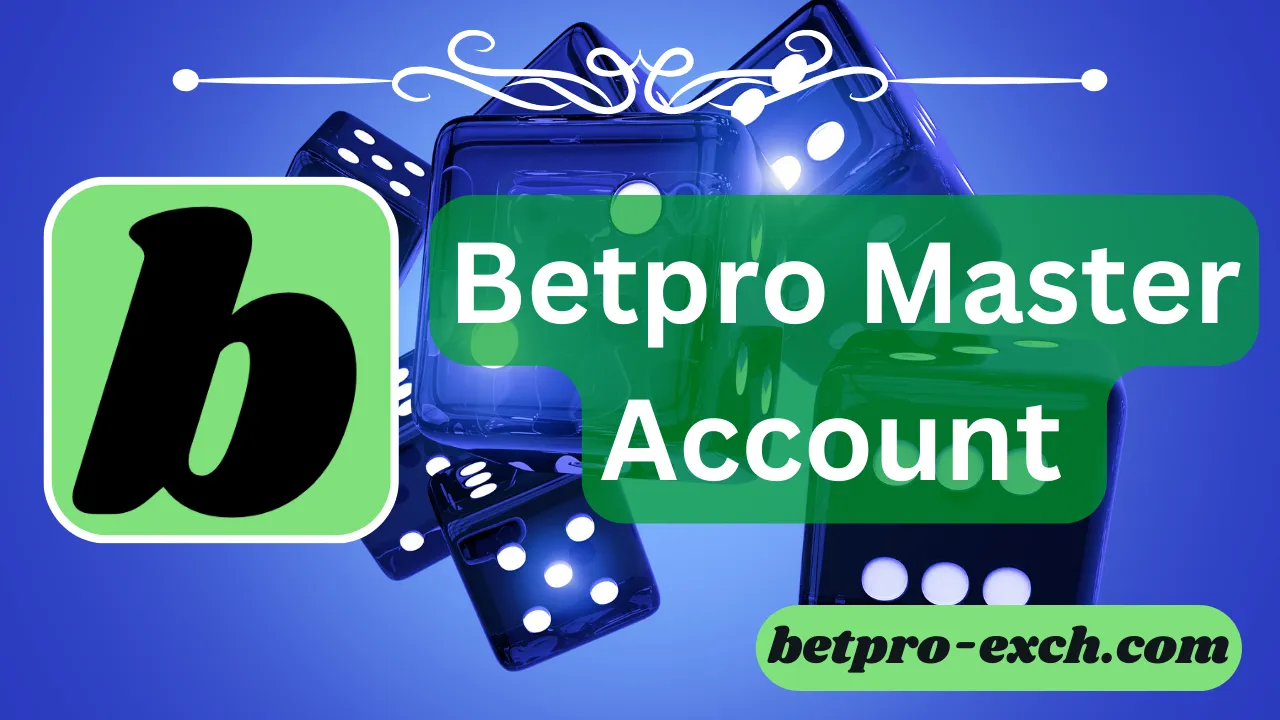Trading on a betting exchange like BetPro requires mastery of many concepts and strategies. One of the most important is using Fibonacci retracement levels to identify potential support and resistance levels for pricing moves.
Mastering Fibonacci retracements can give BetPro traders an edge when entering, exiting, or adjusting their positions.
What Are Fibonacci Retracements?
Fibonacci retracements provide technically significant support and resistance levels based on the key Fibonacci ratios of 23.6%, 38.2%, 50%, 61.8% and 100%. They are created by:
Identifying Swing Highs and Lows
First, traders identify a major swing high and low in the market. This could be over a period of hours, days, weeks or months depending on the trading timeframe.
Calculating Retracements
Retracements are then calculated by dividing the vertical distance from the swing high to swing low based on the key Fibonacci levels listed above.
Plotting Key Levels
These key Fibonacci retracement levels are then plotted horizontally to identify possible areas of support and resistance for pricing moves.
Why Fibonacci Retracements Work
There are a few key reasons why Fibonacci retracements tend to work, especially in betting exchange markets:
Self-Fulfilling Prophecy
Because so many traders watch and use Fibonacci levels, their collective actions at these levels end up creating either support or resistance, making it a self-fulfilling prophecy.
Underlying Market Psychology
The Fibonacci sequence reflects underlying market psychology and the natural ebb and flow of sentiment from optimism to pessimism and back again.
Identifying Reversals
Major reversals often take place after retracements of 38.2%, 50% and 61.8% which makes these levels especially significant.
How to Use Fibonacci Retracements
There are many ways traders can effectively use Fibonacci retracements to inform their betting exchange trading strategies:
Plot Alongside Other Indicators
Fibonacci levels carry even more weight when they align closely with horizontal support/resistance levels, moving averages or other technical indicators.
Inform Position Entry Points
Entering new positions as pricing retracts to key Fibonacci levels can provide an advantageous risk/reward ratio. The most popular entries are at the 38%, 50% and 61% levels.
Set Stop Losses or Limits
Fibonacci levels can be useful for placing strategic stop losses to limit downside risk or take profit limit orders to lock in upside. Stops and limits are often set just above or below key Fibonacci levels.
Spot Trend Exhaustion
If a strong prior trend fails to retrace by at least 61.8%, it signals the trend may be exhausting itself and ready to reverse strongly.
Adjust for Market Context
It’s critical to adjust which Fibonacci levels you focus on based on current market conditions and volatility. In choppy markets, shorter retracements predominate.
Using Fibonacci Retracements in BetPro Exchange Trading
While Fibonacci retracements are useful across all markets, there are some unique advantages to using them in betting exchange trading on platforms like BetPro:
The Inherent 50/50 Proposition
Since exchange trading pits buyers against sellers, markets tend to range more often than trend strongly. This makes using the 50% Fibonacci retracement to identify reversals especially productive relative to other markets.
Magnification of Psychological Factors
With large amounts of money at stake based on short-term outcomes, psychological factors like fear and greed are magnified in sports betting and betting exchange markets versus other tradable markets. Fibonacci levels align closely with shifts in sentiment and market psychology.
Frequent Clear Swing Points
The timing of sporting event outcomes creates frequent clear swing highs and lows from which to base Fibonacci retracements since there is complete price action reset after the outcome resolutions. This presents regular opportunities to recalibrate Fibonacci levels.
Range-Bound Price Action
Since sporting odds have a built-in vig that ensures average losing outcomes for bettors and traders, exchange markets tend to trade range-bound outside of the near-term lead up to event outcomes. This type of choppy price action with frequent reversals makes using Fibonacci levels to inform trading very effective.
Step-by-Step Fibonacci Retracement Trading Process
Now that we’ve covered the key concepts, here is an example step-by-step process for putting Fibonacci retracement trading into practice on BetPro:
Step 1: Identify a Swing High and Low
Place a swing high and low at peaks and valleys in pricing where sentiment shifted from optimism to pessimism or back again. These typically occur leading up to and immediately after key events or news.
Step 2: Draw Retracement Lines
Once a swing high and low are set, use the Fibonacci tool to draw horizontal retracement lines at 38%, 50%, and 61%. Expect these to act as support and resistance areas.
Step 3: Anticipate Reactions at Key Levels
Watch price action as it approaches the Fibonacci levels and be prepared for bounces or breaks. Use other indicators for confirmation when possible.
Step 4: Enter Orders at Retracements
Consider entering limit orders to take advantage of bounces at support levels or stop orders to trade breaks of resistance on retracement pullbacks.
Step 5: Manage Risk
Use stop losses on entries and be prepared to exit or reverse positions if prices continue past key Fibonacci levels indicating sentiment shifts.
Conclusion
Mastering Fibonacci retracement analysis provides BetPro exchange traders with a risk management tool rooted in market psychology. Mapping swing highs/lows and key retracement levels identifies high probability areas for bounces, breaks, entries and exits. Combining Fibonacci strategy with disciplined risk management allows traders to profit in range-bound, trending and reversing market conditions.
Frequently Asked Questions
What are the best chart timeframes to use for Fibonacci retracements?
The most useful timeframes for Fibonacci strategies on BetPro are the 30 minute, 1 hour and 4 hour charts. These balance clarity of swing highs/lows with aligning to key sporting events or news flow.
Where should I set my stop losses when trading Fibonacci retracements?
Smart placement of stops just above or below key Fibonacci levels allows getting stopped out with minimal losses if price action continues to confirm the sentiment shift.
How many Fibonacci retracement levels should I plot at once?
Plotting 3-5 of the key Fibonacci retracements between 38% and 61% creates useful levels to monitor without overcomplicating the analysis. Too many lines can causes analysis paralysis.
Should Fibonacci retracement trading be used alone or with other indicators?
Combining Fibonacci analysis with overlaid support/resistance, moving averages and volume can provide extremely high probability trading opportunities when they align.
Can Fibonacci retracements help predict upcoming market turning points?
Monitoring Fibonacci retracement failures, especially the 61.8% level, can provide early warning signals that a short-term countertrend is ending and an impending reversal stands imminent.

